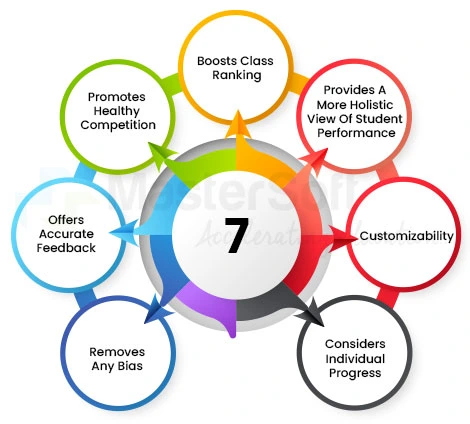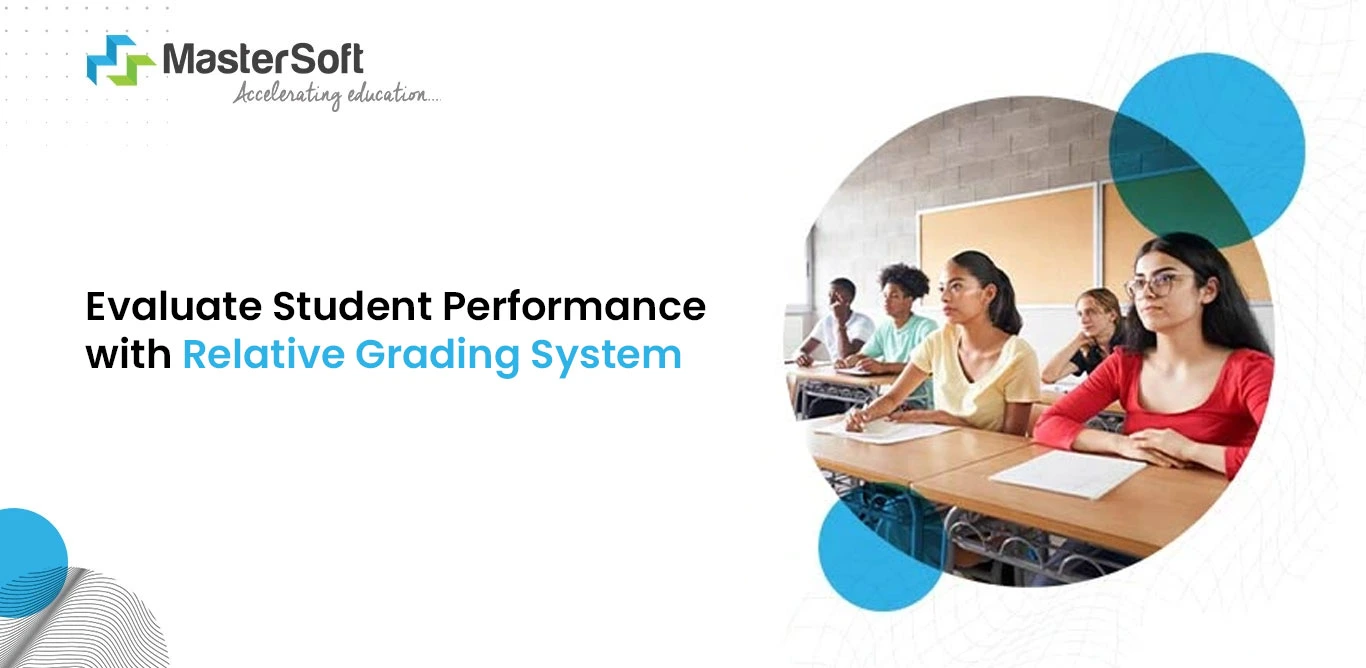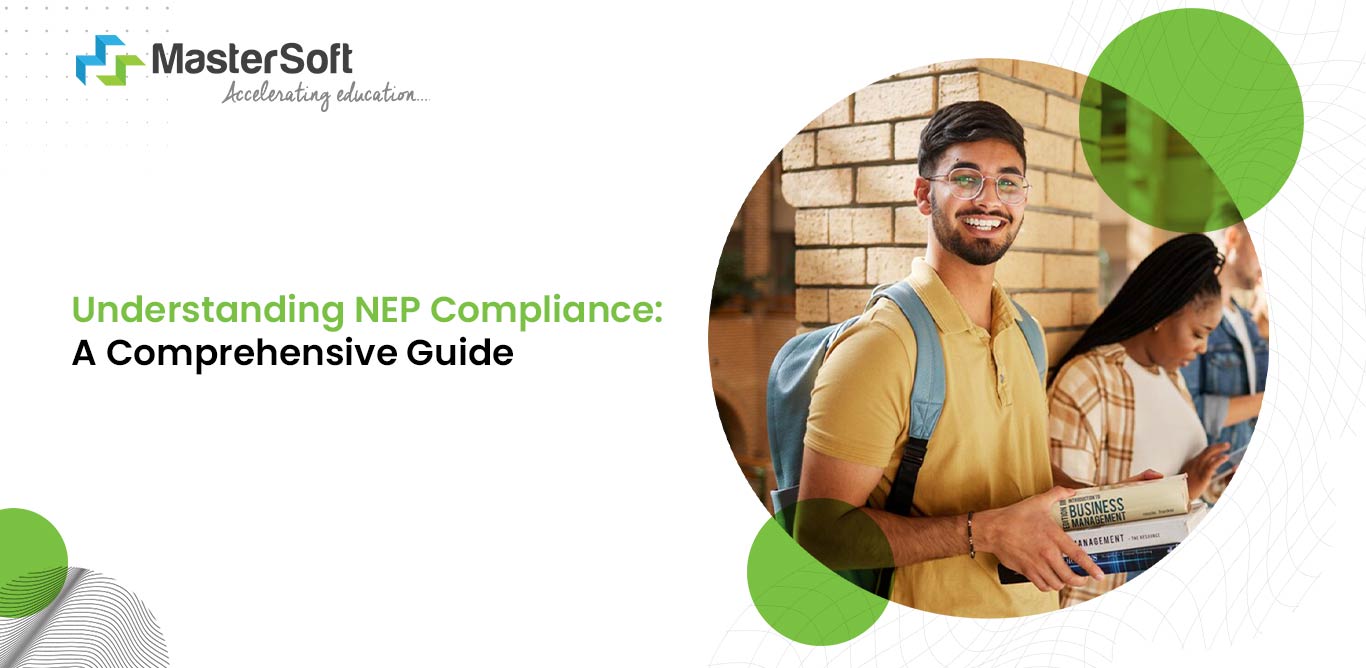18, April 2023
Relative Grading System - How Does It Help in Evaluating Student Performance?
Evaluation of student performance is a crucial component of the learning process in an academic setting. It serves as a benchmark for students' accomplishments and aids in tracking their growth. The educational system made an effort to implement grade-based standardized evaluations of various levels of course achievement.
Several techniques can be used to assign grades, or grades in the form of letters can be given depending on the number of points or percentage of points earned in a class. They typically fall into either the absolute or relative categories of grading.
Every institution will make an effort to evaluate students in a fair, equitable, and performance-based manner. While evaluating a single exam, the idea of absolute grading is relevant and simple to use, but it gets more challenging when grading multiple exams. This is merely due to the possibility that raw scores may not always accurately reflect a student's actual achievement.
What is a Relative Grading System?
Relative Grading System is a grading system in which educators assign grades to students based on their performance compared to other students in the same classroom. This grading system promotes the use and application of cognitive learning theory, which aligns with the principles of Early Childhood Care and Education (ECCE).
The examiner considers the highest score as the baseline and computes the other grades on the basis of this score. For example, the student with the highest grade or score in the class will be ranked number one, while the student with the lowest score will be ranked last. Other students will be given grades accordingly in comparison to the highest scores.
Furthermore, in some classes, students are asked to evaluate each other's work using a rubric or set of criteria. This peer-grading system is a form of relative grading, as each student's performance is evaluated based on how they compare to their peers. For example, if a student is assigned to grade their classmates' essays, they may be asked to assign a grade based on how well the essay meets specific criteria, such as clarity and supporting evidence. The grade assigned to each essay is based on how it compares to the other essays that were graded.
Several educational institutions, including universities, colleges, and schools, employ the relative grading system. The system is employed to assess how well students performed on tests, assignments, and projects. As it considers the performance of every student in the same class, the approach is regarded as a fair and impartial way of assessing student performance.
What is an Absolute Grading System?
The grading scheme is one in which students receive grades in accordance with predetermined performance standards set by the institution. That simply means that grades are assigned in accordance with the cutoff values determined even before the process of assigning grades began. For instance, under an absolute grading scheme, a grade of A is assigned to numbers between 90 and 100, a grade of B to those between 80 and 89, a grade of C to those between 70 and 79, a grade of D to those between 60 and 69, and a grade of F to those below 59.
How Does the Relative Grading System Help in Evaluating Student Performance?

Removes Any Bias:
In the absolute grading system, students are assessed using a predetermined standard, such as a set of criteria or a grading scale. This norm, however, might be unfair to some student groups, such as those from a particular socioeconomic background or those who exhibit a certain degree of intelligence. By contrasting a student's performance with that of their classmates, the relative grading system, in contrast, eliminates this bias.
Offers Accurate Feedback:
Relative grading can provide students with more accurate feedback since it allows them to see how they are performing in comparison to the rest of the class and helps them identify areas where they need to improve by comparing their performance to that of their peers.
Promotes Healthy Competition:
A relative grading system can encourage healthy competition among peers, motivating them to study harder and improve their academic performance. When students know that their performance will be compared to that of their mates, they perform better, thus achieving better results.
Boosts Class Ranking:
Class ranking can be an accurate reflection of student performance. Relative grading can be used to rank peers within a class on the basis of their performance, providing a clear indication of who is excelling and who needs additional support. This method provides a transparent way to rank students and further eliminates bias.
Provides a More Holistic View of Student Performance:
Relative grading, which compares student performance to that of peers, offers a more comprehensive assessment of a student's achievement by considering the performance of the entire class as opposed to simply one student's performance in comparison to a predetermined standard.
Customizability:
Relative grading is a flexible and adaptable method of assessing student performance as it can be tailored to meet the requirements and objectives of a certain institution or class. Students' learning experiences could become more effective and personalized as a result of this.
Considers Individual Progress:
Instead of focusing only on a student's performance in relation to a predetermined benchmark, relative grading also considers the student's growth over the course of time. Students who may have begun the course with less knowledge or skill but have made substantial progress over time can benefit from this support.
Relative Grading in Online Assessments:
Given the popularity of online learning post pandemic, many institutions are turning to online tests to gauge the knowledge and progress of their students. In these exams, relative grading can be a useful tool for assessing student performance, especially when many students take the test.
The use of percentile scores is one method for implementing relative grading in online assessment. Under this approach, a student is given a percentile rank after having their score compared to the results of other students who took the same assessment. For instance, a student who achieved a score in the 75th percentile outperformed 75% of their peers who also took the test.
NEP 2020 and the Relative Grading System:
The National Education Policy (NEP) 2020 encourages a more all-encompassing and interdisciplinary approach to education that could be more appropriate for the relative grading system. As opposed to focusing primarily on high-stakes exams, the NEP 2020 emphasizes the necessity for ongoing and formative assessment. This method is in line with the relative grading system, which continuously assesses and evaluates student performance rather than relying on a single exam or assessment.
Also, the NEP 2020 acknowledges the significance of fostering equity in education and eliminating prejudice. The relative grading system can assist in doing this by ensuring that students are assessed based on their own achievement rather than external variables like socioeconomic status or access to resources.
Conclusion,
The relative grading system is a widely used method of evaluating student performance. It can be a better option than absolute grading in certain situations. Also, it provides a more fair and effective way to evaluate student performance. For colleges looking to employ a relative grading system in their exams, Mastersoft's assessment platform can be a useful resource. The platform offers a comprehensive solution for putting into place a fair and efficient relative grading system with customisable grading scales, automated grading and feedback, analytics and reporting, flexibility and scalability.
Seamless Student Journeys, Smooth Academic Lifecycles with MasterSoft
Mobile: 08448010216
Email:info@mastersofterp.com













